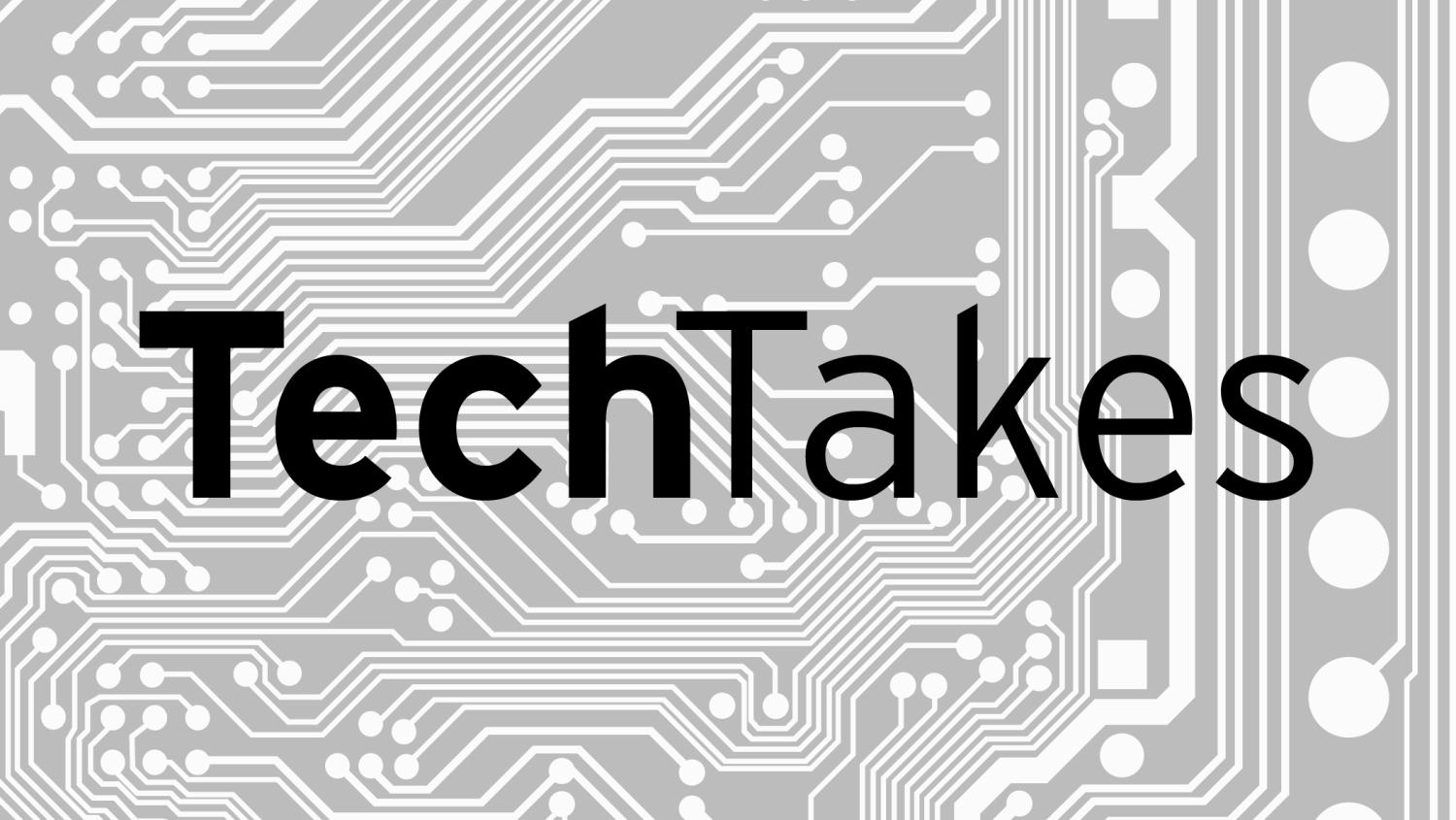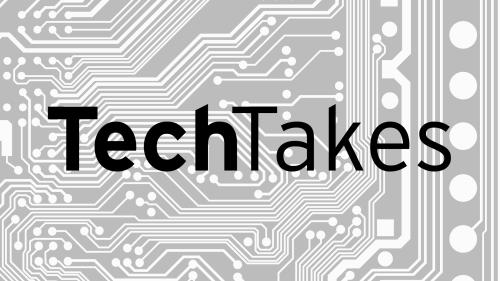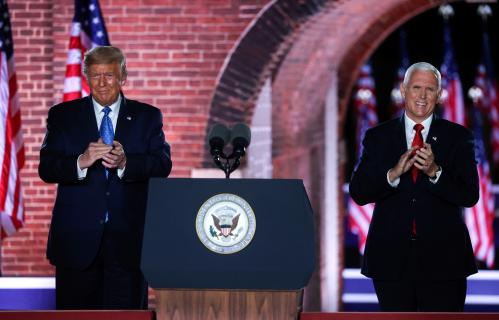TechTakes is an occasional blog series that collects the perspectives of Brookings scholars on timely topics in technology policy.
Donald Trump’s first State of the Union address offers the president an opportunity to list his achievements over the past year and outline his policy agenda for the year to come. In the realm of technology policy, the past year has seen an emptying out of key science advisory positions, the repeal of existing net neutrality regulations, and discussions of a major infrastructure plan among other developments. Brookings experts Alaina Harkness, Chris Meserole, Nicol Turner-Lee, Tom Wheeler, and Niam Yaraghi weigh in on the first year of technology policy in the Trump administration, and what steps to take moving forward.
Executive Branch Expertise
Alaina Harkness, Fellow, Project on 21st Century City Governance
One of the most alarming features of the Trump Administration one year in is its lack of expert advisers on critical science and technology issues. Congress created the Office of Science and Technology Policy (OSTP) in 1976 to ensure that the Executive Branch had access to high-level expertise on technology’s impact on the economy, environment, and society. Under Trump, OSTP still has no appointed director (a first), and is operating with a third of 2016 staffing levels. Despite repeated calls by members of Congress and the science community to fill the top post as required by law, there are few signs that capacity inside OSTP – or the agencies it is supposed to coordinate with – is going to ramp up any time soon.
This is particularly distressing because technology is such a cross-cutting issue: it undergirds major threats to U.S. security and stability, from foreign policy to the integrity of elections, and it provides some of the most promising pathways to employment, education, health, and economic opportunity. The Obama Administration’s OSTP launched initiatives to strengthen STEM education, improve veterans’ access to healthcare, streamline commercialization of federal R&D, and accelerate the development of robotics and advanced manufacturing. These efforts attracted billions in additional private sector investment, spurred activity in high-growth sectors, and made the economy more productive. President Trump should up the ante: appoint an OSTP director with a mandate to use the post to find every available avenue to strengthen American excellence in science and technology, and use it to power an innovation–based economy.
COuntering terrorist recruitment ONLINE
Chris Meserole, Fellow, Center for Middle East Policy
Last September, after a bombing on the London Underground, President Trump tweeted:
Loser terrorists must be dealt with in a much tougher manner.The internet is their main recruitment tool which we must cut off & use better!
— Donald J. Trump (@realDonaldTrump) September 15, 2017
The President’s message perfectly encapsulated his approach to counterterrorism overall: tough talk, but little in the way of actual policy guidance. In this case, the trouble with cutting off internet recruitment is that social media platforms are a dual-use technology: the Islamic State uses the same apps to attract new recruits that human rights activists rely on to find new supporters. Blindly cut off the social web for terrorists, and you will find yourself crippling pro-democracy movements the world over.
Finding the right regulatory balance is easier said than done. In lieu of constructive guidance from President Trump, technology companies like Facebook, Google, and Twitter are now taking the lead in building out the governance layer of the social web, mostly notably by forming the Global Internet Forum to Counter Terrorism (GIFCT) last summer. The big tech and terrorism question for 2018 is thus whether President Trump will continue to call for “cutting off” the internet – or instead work with the GIFCT to find innovative policy solutions.
Net Neutrality
Nicol Turner-Lee, Fellow, Center for Technology Innovation
One year into his presidency, President Trump is planning to release the details of his $1.7 trillion infrastructure plan during the State of the Union. While the plan will fund the nation’s public works projects, the jury is still out on whether or not broadband infrastructure will be sufficiently covered, especially as it has become the nation’s next critical asset. Last week, the bipartisan House Rural Broadband Caucus encouraged the president to include funding for rural broadband access, citing its deployment as a pathway to job creation, economic development, and improved service delivery for remote populations. However, net neutrality remains a highly unsettled concern in tech policy that can have implications for the growth of the broadband sector.
A leaked White House memo suggests that the president wants to allocate nearly half of the federal spending toward private sector incentives for planned infrastructure projects. Despite the recent repeal of the net neutrality rules by the Federal Communications Commission, this issue remains uncertain. In recent weeks, several state attorney generals filed a lawsuit to block the repeal of net neutrality rules and compliance. Democrats are heavily weighing the possibility of a Congressional Review Act (CRA) resolution to reverse the Commission’s actions, creating additional uneasiness for the private sector. Whereas the private sector was vocal about the impact of reclassification on their business models (especially their future capital investments), the looming uncertainty of this issue may affect and possibly spoil the aspirations of the president and Congress when it comes to broadband deployment.
Tom Wheeler, Visiting Fellow, Center for Technology Innovation
To paraphrase Proverbs 29:18, the last twelve months of the Trump Federal Communications Commission warns us that “Where there is no vision, policy perishes.” The agency has spent twelve months looking backwards at the previous administration’s policies and dismantling what they dislike, rather than developing a vision for the protection of consumers and a competitive market in a time of rapid technological change. At its height came the decision to not only reverse the law of the land with regard to an open internet, but the even more shocking surrender of authority to the Federal Trade Commission. For the agency charged by Congress with responsibility over electronic communications to walk away from the most important network of the 21st century is the epitome of lack of vision. You cannot walk away from responsibility and call it progress.
Sharing Medical data
Niam Yaraghi, Nonresident Fellow, Center for Technology Innovation
An integrated digital network that enables medical providers to access their patients’ data in a timely manner would revolutionize the fragmented health care system of the United States. It will not only curb costs, but will also foster groundbreaking medical and pharmaceutical innovations.
The Office of National Coordinator for Health IT (ONC) was established in 2004 to ensure that “appropriate information to guide medical decisions is available at the time and place of care”. Despite trying for fourteen years, and spending nearly $35 billion dollars, we have not yet achieved a nationwide interoperable network for sharing medical data.
In spite of the failures in the past, changes in the market economy promise a brighter future for health IT. With the technology of interoperability already in place, the entrance of information technology companies into the health IT domain will bring demand for interoperability. As I have discussed before, interoperability will not be achieved unless there is a clear financial incentive for it.
The lack of business incentives will no longer be a problem in the health IT domain. In the very near future, we can finally share our medical data as easily as our financial data. It has always been very difficult to define and measure information exchange in a meaningful way. Rather than focusing resources on defining measures of information exchange and creating incentives to comply with them, ONC is shifting toward an advisory role to guide governmental and private efforts toward interoperability. The approach of the current administration in deregulating the market could be beneficial in the health IT domain.
The Brookings Institution is committed to quality, independence, and impact.
We are supported by a diverse array of funders. In line with our values and policies, each Brookings publication represents the sole views of its author(s).














Commentary
The state of tech policy, one year into the Trump administration
January 30, 2018